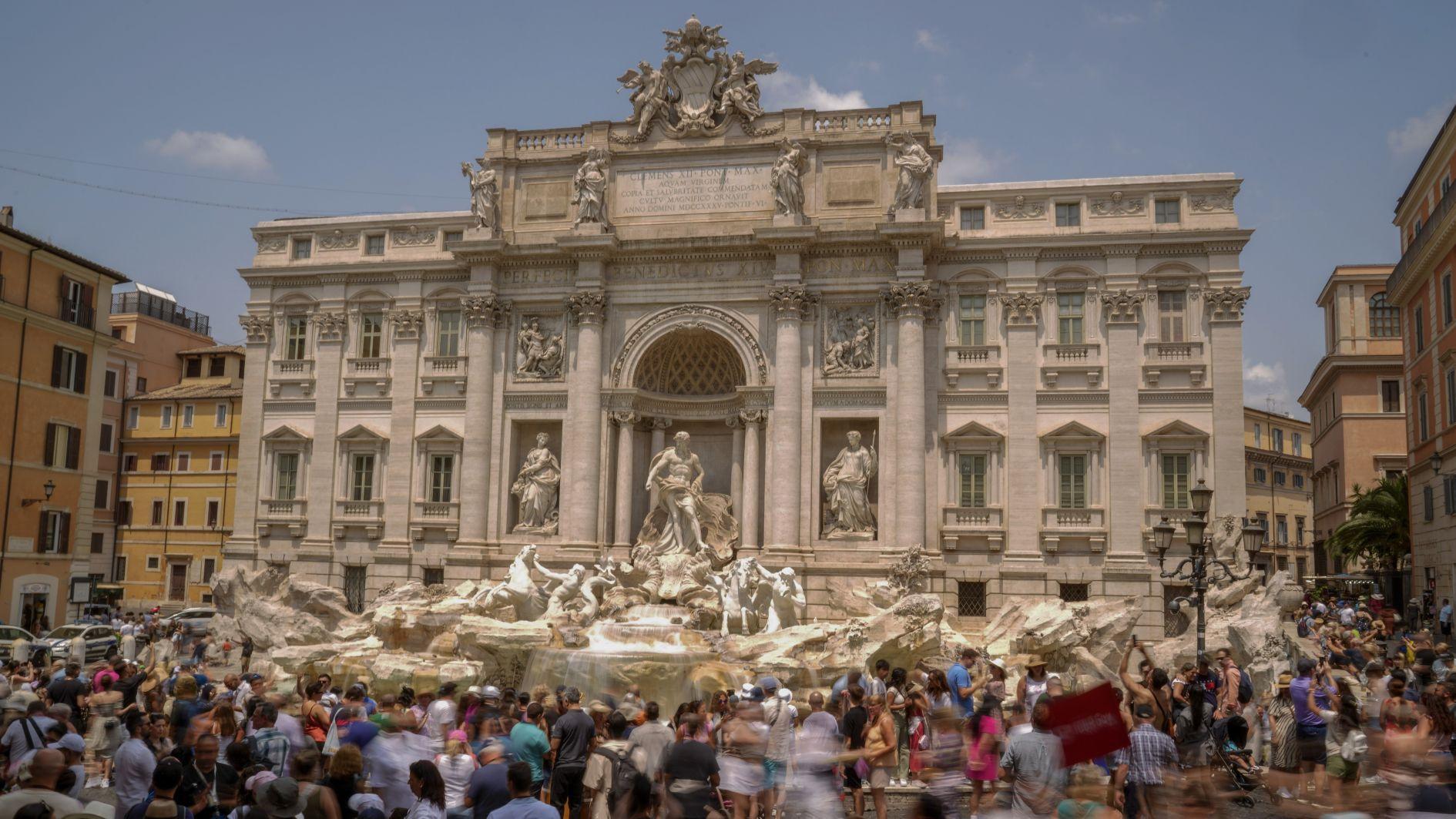
Last year, 747 million international travelers visited the continent, far outnumbering any other region in the world, according to the U.N.'s World Tourism Barometer. Southern and Western Europe welcomed more than 70 percent of them.
As the growing tide of travelers strains housing, water and the most Instagrammable hotspots in the region, protests and measures to lessen the effects of overtourism have proliferated.
Among factors driving the record numbers are cheap flights, social media, the ease of travel planning using artificial intelligence and what U.N. tourism officials call a strong economic outlook for many rich countries that send tourists despite some geopolitical and economic tensions.
Citizens of countries like the U.S., Japan, China and the U.K. generate the most international trips, especially to popular destinations, such as Barcelona in Spain and Venice in Italy.
They swarm these places seasonally, creating uneven demand for housing and resources such as water.
Countries on the Mediterranean are at the forefront. Olympics-host France, the biggest international destination, last year received 100 million international visitors, while second-place Spain received almost 94 million — nearly double its own population.
Protests have erupted across Spain over the past two years. In Barcelona, the water gun has become a symbol of the city's anti-tourism movement after marching protests have spritzed unsuspecting tourists while carrying signs saying: “One more tourist, one less resident!”
Elsewhere in Europe, tourism overcrowding has vexed Italy's most popular sites including Venice, Rome, Capri and Verona.
Greece, which saw nearly four times as many tourists as its own population last year, has struggled with the strain on water, housing and energy in the summer months, especially on popular islands such as Santorini, Mykonos and others.
In Spain, anti-tourism activists, academics, and the government say that overtourism is driving up housing costs in city centers and other popular locations due to the proliferation of short-term rentals that cater to visitors.
Others bemoan changes to the very character of city neighborhoods that drew tourists in the first place.
In Barcelona and elsewhere, activists and academics have said that neighborhoods popular with tourists have seen local shops replaced with souvenir vendors, international chains and trendy eateries.
On some of Greece's most-visited islands, tourism has overlapped with water scarcity as drought grips the Mediterranean country of 10.4 million.
In France, the Louvre shut down last week when its staff went on strike warning that the facility was crumbling beneath the weight of overtourism, stranding thousands of ticketed visitors lined up under the baking sun.
Last month, Spain's government ordered Airbnb to take down almost 66,000 properties it said had violated local rules. Officials said the measure was to safeguard the housing supply for full-time residents.
Elsewhere, authorities have tried to regulate tourist flows by cracking down on overnight stays or imposing fees for those visiting via cruises.
In Greece, starting July 1, a cruise tax will be levied on island visitors at 20 euros ($23) for popular destinations like Mykonos and 5 euros ($5.70) for less-visited islands like Samos.